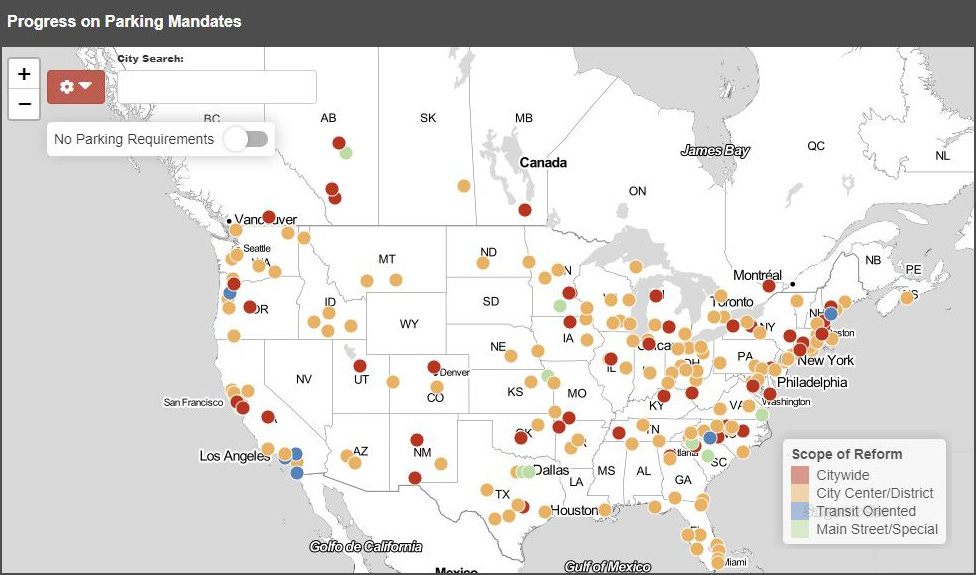🏌️♀️ Free-ish Golf Carts for All
Plus, Swing bags $24M, Nike and Amazon eye Peloton bid, and Jeep makes an electric scooter.
Welcome to the Micromobility Newsletter. Here’s what’s going on in the wide world of tech, transportation, and cities this week.
Calling All Innovators
Micromobility Europe is coming to Amsterdam on June 1-2. Meet the global micromobility movement—including smart cities, shared mobility, manufacturing and retail, software and services, on-demand players—for two days of world-class talks, expos, demos, test rides, and more, all laser-focused on the future of small electric vehicles and their power to radically reshape our cities.
Best of all, for the next 24 hours, you can book tickets for 70% off the General Admission price as part of our limited-time Innovator special.
What You Need to Know This Week
You’ve heard the case for why the government should give every American a free ebike. Well, here’s the pitch for why Americans should instead just use existing EV incentives to buy electric golf carts—or more accurately, neighborhood electric vehicles (NEVs)—for dirt cheap. “With only a little bit more federal or state assistance, NEVs could be pretty damn close to free.”
Indeed, full-size cars are costly. New academic research from Germany has calculated that the lifetime cost of a small car is about $689,000, of which society pays $275,000. (A Mercedes GLC costs $1M+ over an owner’s lifetime.)
Swing, a South Korean shared micromobility startup, has raised $24M in a Series B round to fund expansion to Japan.
Naon Zero-One is a new electric moped from Europe with a fresh look and a top speed of 62mph.
Nike and Amazon are evaluating separate bids to buy Peloton.
Jeep and Razor are making an off-road electric scooter together.
With the prospect of an ebike subsidy stalled in Washington DC, Oregon is considering creating its own incentives.
Toronto has its first official cycling mayor.
Pedestrians and cyclists are bearing the brunt of the recent spike in US road deaths.
… and it’s not just vulnerable road users who are in danger. When compared with other developed countries, US roads are also more deadly for occupants of cars.
Data from German ebike subscription startup Dance shows that nearly 9 in 10 cyclists have had to make unexpected repairs to fix a traditional bike, at an average cost of $198.
Academic researchers in the UK are collaborating with micromobility providers Dott, Tier, and Lime to design a universal sound for scooters to alert nearby pedestrians.
Cybertruck of scooters? Here’s a crazy-looking electric moped made out of folded steel.
McKinsey examines the challenges and opportunities of online grocery: “While omnichannel continues to offer added convenience for consumers, profitability remains a challenge for grocery retailers.”
Cowboy has new data that suggests ebikes are not only a great form of transportation, but also a decent source of exercise. According to the Belgian ebike maker, people cycle 15% longer and 8% further when they have a battery and motor backing them up.
Nashville’s public transit agency is sharing data with Bird to help plug holes in the city’s transportation network with electric scooters.
Parking lots cover 5% of the United States. Let that sink in…
Thankfully, America’s infamous parking minimums appear to be on their way out.
Jobs to Be Done
Welcome to our jobs board, where every week we post open positions in hopes of connecting our talented readers with professional opportunities in the burgeoning world of new mobility. Find out who’s hiring below and sign up for the newsletter to view fresh listings every week.
Hit reply if you have a job that you’re interested in listing.
Dance (Berlin)
Business Development Manager (Vehicles)
Senior Business Development Manager (Dance for Business)
UBCO (US)
Micromobility Industries: Analyst (anywhere)







what do you think of this perspective?
Lindsay Broadwell 🏳️🌈 (@LindsayPB) Tweeted:
boring but practical is an underrated design paradigm
https://mobile.twitter.com/LindsayPB/status/1491506051631489033
parking lot stat is compelling, but more accurate is to say that it is 5% of URBAN land in US. stat is powerful without (inadvertently) exaggerating it to mean all of US land.